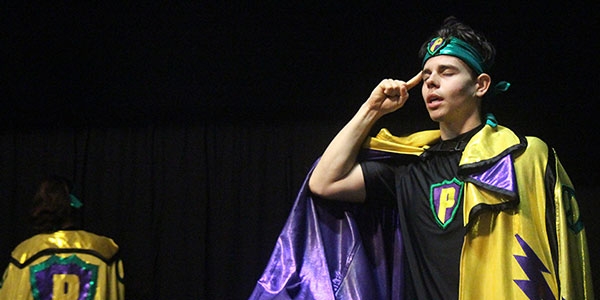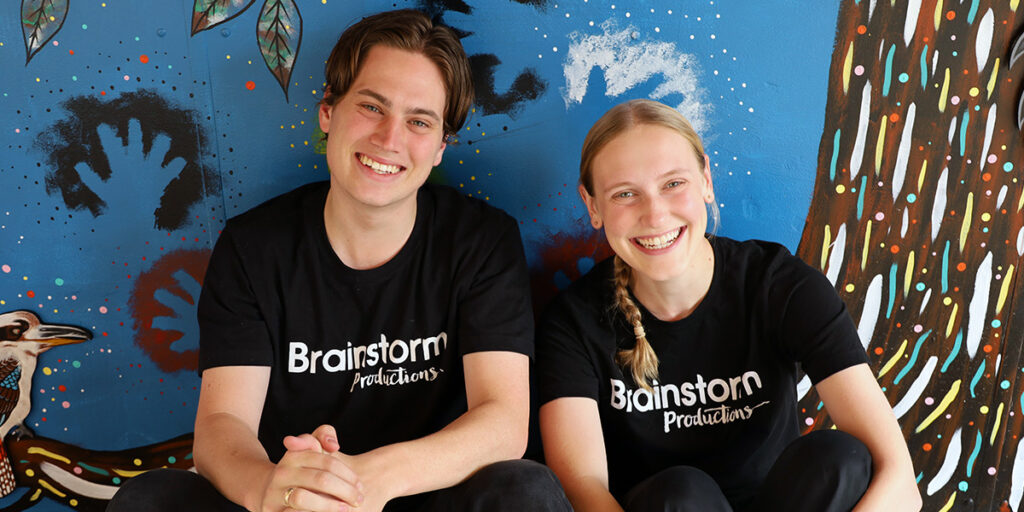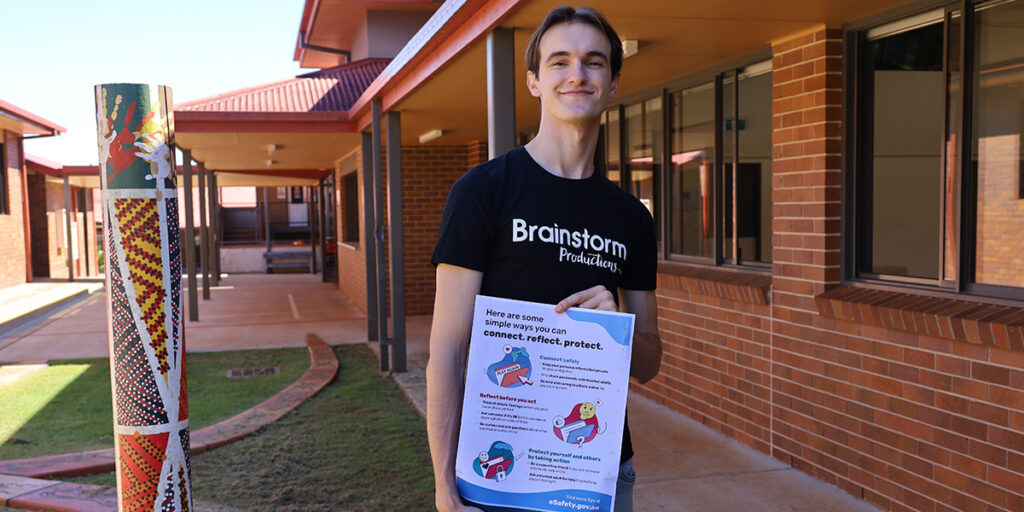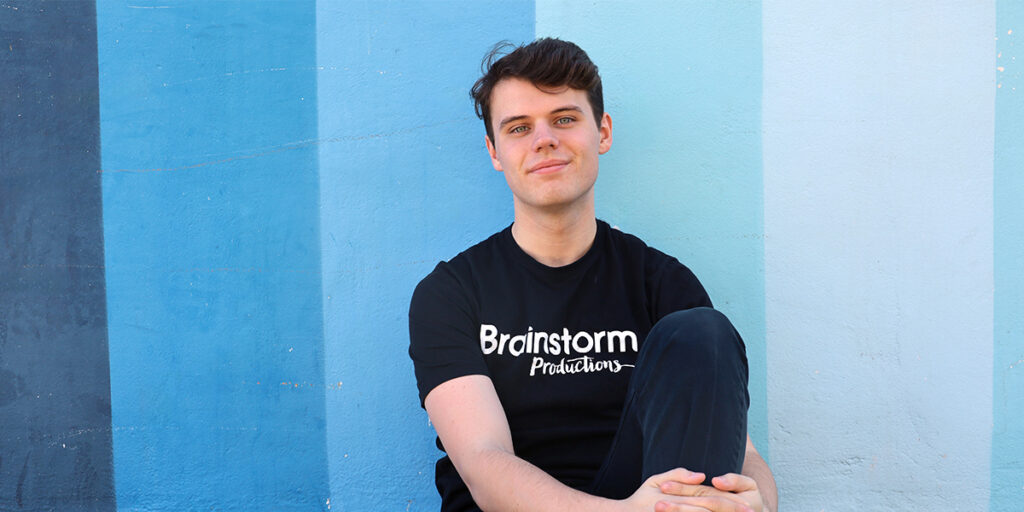Humans are hard-wired to pay attention to the negative. This ‘negativity bias’ is an ancient survival tool that helps us remain vigilant and respond to threats in our environment. Parents, caregivers and teachers will know this bias all too well, often finding themselves honing in on children’s shortcomings and pointing out the behaviours they need to change. This is a normal human response – we do it because we want children to stay safe and do well in the world!
But in the process we can forget to acknowledge their strengths.
Most Australian educators would be aware of the positive education movement. This approach has been implemented by schools across the country. Geelong Grammar School, for example, has developed a whole-school model of positive education that aims to help student flourish by fostering positive relationships, emotions, mental health, purpose and achievement [1]. Positive education involves the concept of a ‘growth mindset’ rather than a ‘fixed mindset’, encouraging students to see their abilities as being malleable and able to develop with practice, feedback and working through challenges.
Underpinning the positive education framework is the practice of identifying and developing character strengths. Students are encouraged to identify their own “signature strengths”, appreciate the strengths of others, and understand how strengths can be cultivated over time and used to obtain positive outcomes in their lives.
Strengths have been defined as “pre-existing qualities that arise naturally, feel authentic and are intrinsically motivating to use” [2]. Strengths may be personal attributes such as creativity, curiosity, honesty or courage. Strengths may also include an individual’s practical or technical abilities, such as athletic, musical, artistic or verbal skills.
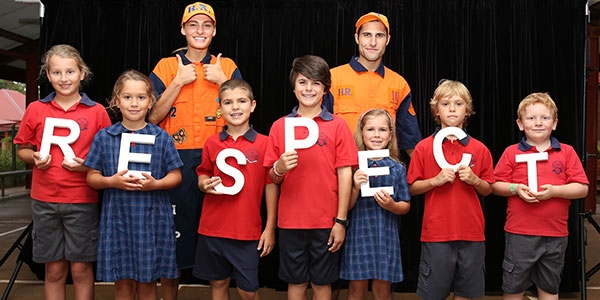
A strengths-based approach is not about ignoring difficulties or dismissing uncomfortable emotions. Instead it is about supporting students to build resilience and flourish in the face of adversity. To practice gratitude for the things they have, rather than focusing on what they don’t. This approach acknowledges that we all have strengths and weaknesses – nobody is perfect – and that we can grow by working to our strengths, building up our skills and learning from our mistakes. Approaches such as Positive Behaviour for Learning (PBL) are also strengths-based, addressing the diverse needs of students and establishing clear and positive expectations.
So how can strengths be used to address bullying in schools?
There are a range of reasons why students might bully their peers, including social, emotional, cognitive and biological factors. They might bully to gain respect and social status, or because they are afraid of being victimised themselves. Or perhaps they have not developed appropriate self-regulation or friendship skills. It is important that we work to understand the individuals who bully and help them to change their behaviour, rather than labelling them as ‘bullies’ or ‘victims’. And while punitive approaches might reduce bullying in the short-term, they can stigmatise the person and fail to provide students with practical skills or the intrinsic motivation to change.
Australian schools are looking to more positive, strengths-based approaches to help them prevent and manage bullying. We have seen increasing interest in anti bullying programs that promote a supportive school climate, where respectful behaviour is reinforced by the whole school community and students are taught how to regulate their emotions and behaviour, speak out against bullying, and support those who are vulnerable.

Using strengths to help, not harm
One way to foster a more positive school climate is to work with the strengths of those who are engaging in bullying behaviour.
As a psychologist I understand that people are more likely to change their behaviour and put strategies in place when they are intrinsically motivated to do so, and that people are more likely to achieve goals that are consistent with their strengths and values [3]. Regardless of whether they are the target, perpetrator or bystander of bullying, students will feel more motivated to change when their strengths and potential are recognised.
This can start with collaborative conversations with teachers, parents, school counsellors and wellbeing staff. Encourage students to identify their strengths: What makes them unique? What qualities do others appreciate in them? What strengths do they draw on to solve problems?
Encourage students to reflect on how they are currently using their strengths – are they using them in positive or harmful ways? Some students, for example, may use their sense of humour to put other people down and gain a sense of belonging. It is therefore helpful to name these strengths and help students channel them into more positive pursuits.
Working with strengths to build resilience
It can be helpful for students to understand that the attributes that make them vulnerable to bullying can also be their greatest assets [4]. For example, children who are sensitive can also be the most empathic and thoughtful. Sensitivity can actually be used to their advantage in social environments, and is a highly valued quality in a friend or peer support leader.
Educators and parents can help students identify their strengths and explore how these strengths can be used to build resilience. The conversation might start by identifying the strengths of someone they admire, like their favourite superhero, book character or sportsperson.
They can then be encouraged to identify strengths they recognise in themselves. Resources such as Strengths Cards are helpful for facilitating these discussions. Students may also ask parents, teachers and friends what they see as being their biggest strengths – they might be surprised by what others see in them!

Ask students to reflect on a difficult situation they have faced, and the strengths they used to overcome it. Ask how they could use their strengths in the future, and which strengths they would like to work on.
They might use their strengths to create “shields” to protect themselves from bullying, or flashcards to remind them of their capabilities. Simple exercises like these can help vulnerable students identify their own unique ‘superpowers’, and use them to build confidence, identity and resilience.
Drawing on strengths to be a positive bystander
When students witness bullying they may feel powerless and believe they lack the strength and courage to act [5].
A strengths-based approach can help students identify pathways to being a positive bystander. For example, many students won’t feel confident enough to call out bullying in the moment, but may feel comfortable supporting the victim of bullying after the event and assisting them to tell an adult. Others may have well developed communication and assertiveness skills, and can use these skills to call out bullying when they see it.
An appreciation of community strengths can also promote a culture of diversity and inclusion in your school. By celebrating the strengths of the community, whether that is cultural diversity, creativity, participation in charitable activities, sporting achievements or resilience in the face of adversity, schools can foster a greater sense of belonging and pride, and build more positive relationships.
Storytelling to inspire change
In my role as a consultant for Brainstorm Productions I have seen how effective theatre in education can be for conveying messages about bullying and resilience to school students. The aim of Brainstorm’s primary and high school shows are to absorb students in the story and connect them with the characters, so they feel empowered and motivated to make changes in their lives. Students have the opportunity to see the unique strengths of each character emerge, and witness these strengths being harnessed and developed to reach a positive outcome.
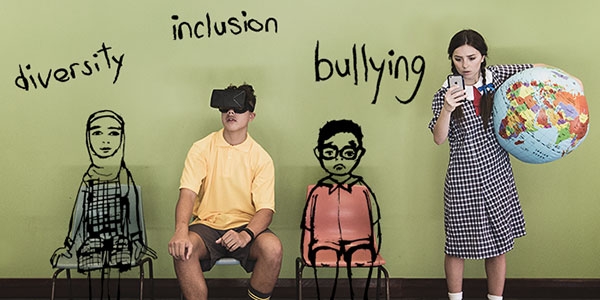
One of Brainstorm’s primary school shows, The Human Race, follows the story of Dunc. He’s been bullied because he is different to the others kids in his class – he speaks and moves slowly, but he is considerate, honest and steadfast. His partner in the race, Deedee, is creative and strong-willed, but she is so desperate to be part of the cool group that she becomes involved in cyber bullying and posts mean messages on social media.
When Dunc and Deedee are forced to enter ‘The Human Race’ together, they learn how to harness their strengths to meet the challenges. Dunc learns that his thoughtfulness and steady pace can be used to solve problems and stay calm under pressure, and his kind and compassionate nature can be used to gain respect. Deedee uses her creativity and resourcefulness to invent energy-saving devices to help save the environment, and she learns how to connect with her peers in a positive way. They become proud of their strengths and learn how to be themselves.
Whether it is through theatre productions for schools or our everyday conversations with students, a strengths-based approach can send a clear message: that everyone is valued, everyone belongs and everyone can play a part in building a respectful school environment.
By Dr Ameika Johnson, Brainstorm Productions
This article was originally published in The Positive Times, an online publication that promotes solution-focused approaches to wellbeing and positive education in Australian primary, secondary & tertiary institutions: www.positivetimes.com.au.
References
[1] Norrish, J. M., Williams, P., O’Connor, M., & Robinson, J. (2013). An applied framework for positive education. International Journal of Wellbeing, 3, 147-161.
[2] Brdar, I., & Kashdan, T. (2010). Character strengths and wellbeing in Croatia: An empirical investigation of structure and correlates. Journal of Research in Personality, 44, 151–154.
[3] Cross, D.S., Runions, K.C., Resnicow, K.A., Britt, E.F., Gray, C. (2018). Motivational interviewing as a positive response to high-school bullying. Psychology in the Schools, 55, 464–475.
[4] White, M.A., & Waters, L.E. (2014). A case study of ‘The Good School’: Examples of the use of Peterson’s strengths-based approach with students. The Journal of Positive Psychology, 10, 1-8.
[5] Cowie, H. (2014). Understanding the role of bystanders and peer support in school bullying. The International Journal of Emotional Education, 6, 26-32.

